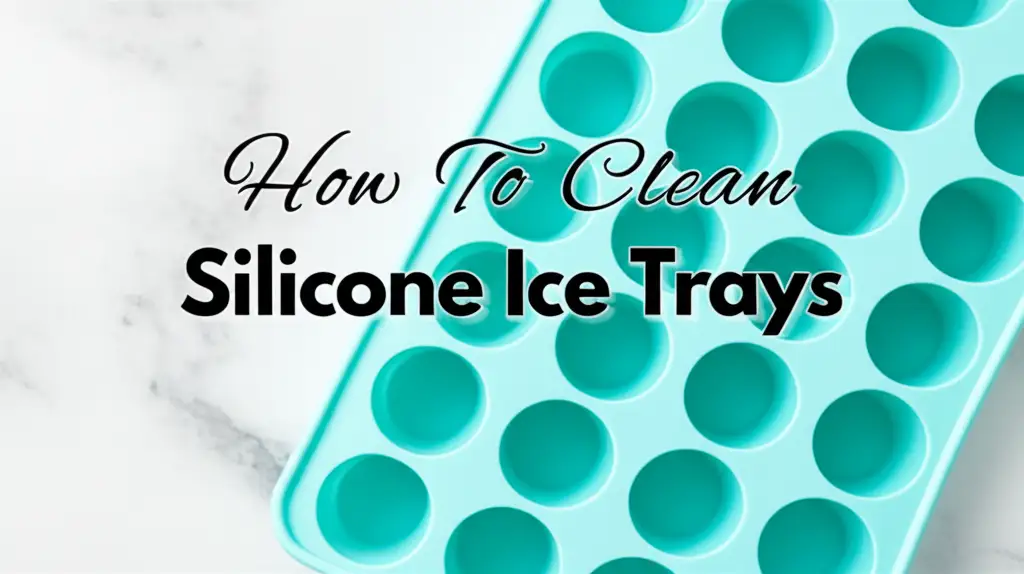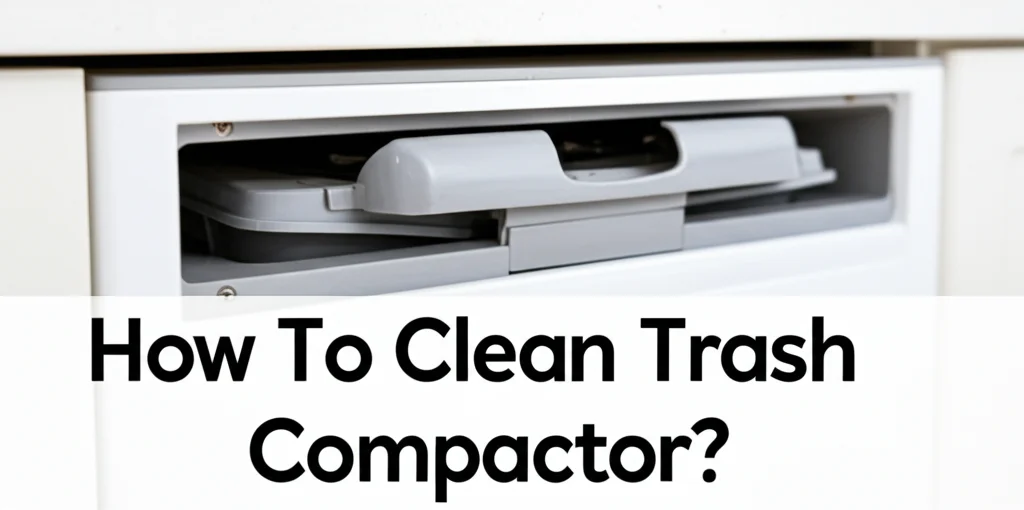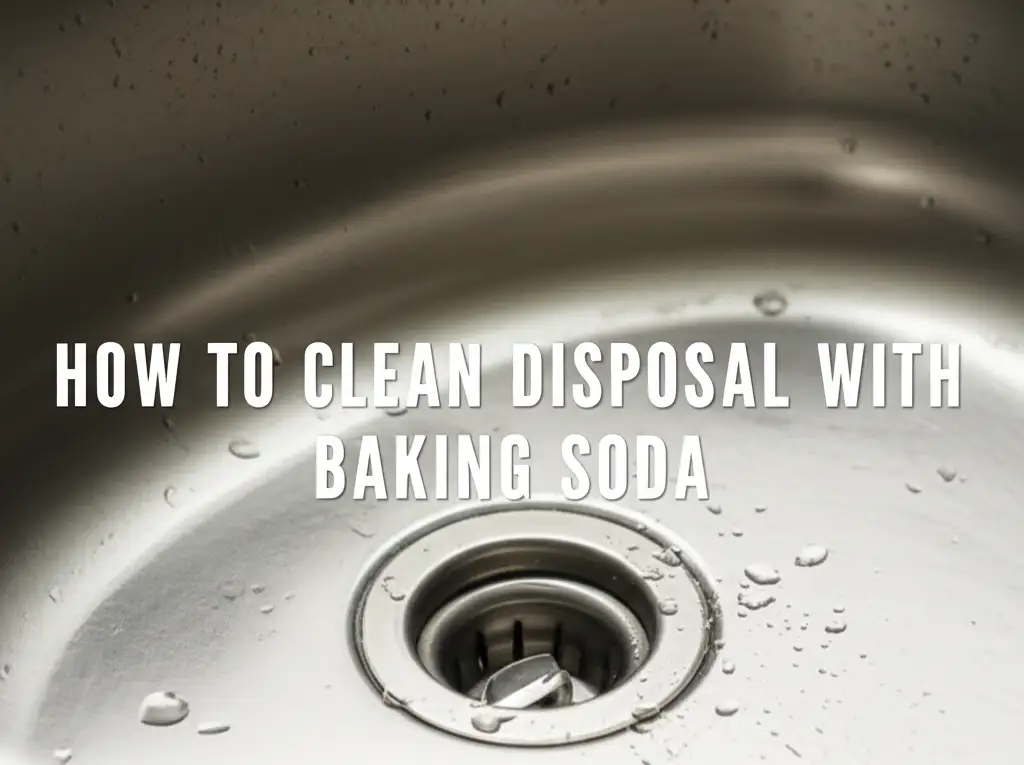· Kitchen Cleaning · 12 min read
How To Clean Silicone Ice Trays

Unlock Crystal Clarity: How To Clean Silicone Ice Trays Effectively
Do your ice cubes sometimes taste odd? Perhaps your once-pristine silicone ice trays look a little cloudy or discolored. Silicone ice trays are popular for their flexibility and ease of use. However, these trays can develop a film, absorb odors, or even harbor mold over time. Proper cleaning is important.
We rely on ice for cold drinks, cocktails, and even cooking. A clean ice tray ensures pure, fresh ice. This guide explains how to clean silicone ice trays using simple, effective methods. We cover basic washing, deep cleaning, and odor removal. You will also learn tips for preventing future issues. My aim is to help you keep your ice trays hygienic and your ice perfect.
Takeaway:
- Regular handwashing keeps silicone ice trays clean.
- Vinegar and baking soda remove odors and mineral buildup.
- Address mold promptly with proper cleaning solutions.
- Allow trays to dry completely to prevent future problems.
How do you clean silicone ice trays?
You can clean silicone ice trays by handwashing with warm, soapy water after each use. For deep cleaning, soak them in a white vinegar solution to remove mineral deposits and odors. Baking soda paste helps scrub away stubborn stains. Ensure trays dry completely before storage to prevent mold.
Why Your Silicone Ice Trays Need Regular Cleaning
Many people overlook cleaning their ice trays. We assume water is clean, so the trays must stay clean too. This is not true. Silicone ice trays, like any kitchen item, collect grime. They sit in a cold, damp environment, making them perfect spots for certain issues to arise.
Think about the water you use. Tap water contains minerals. These minerals leave a residue on your trays over time. This residue appears as a white film or cloudy spots. It affects the taste of your ice. Food particles from your freezer can also drift and settle onto the trays. These particles break down and create unpleasant smells.
Bacteria and mold are other concerns. Even in the cold, mold spores can grow in damp conditions. If your tray is not fully dry when you refill it, or if it sits empty for long periods, mold can appear. Mold looks like black spots or a slimy film. It is unsanitary and makes your ice unsafe to consume. Regularly cleaning your silicone ice trays ensures your ice is pure. It also helps your trays last longer. Clean trays perform better. They release ice easily. They do not transfer unwanted flavors or smells to your drinks. It is a simple step for a big improvement in your kitchen hygiene.
Basic Cleaning: Hand Washing Your Silicone Ice Trays
Handwashing is the simplest and most frequent way to clean your silicone ice trays. You should do this after every use, or at least every few uses. This method stops buildup before it becomes a problem. It removes surface dirt and any lingering smells. Basic cleaning keeps your trays fresh for daily use.
First, empty your ice tray completely. If any ice remains, remove it. Next, fill your sink with warm water. Add a few drops of mild dish soap. Do not use harsh chemicals. Silicone is durable, but strong cleaners can degrade it over time. Place your silicone ice tray into the soapy water. Let it soak for a few minutes. This softens any stuck-on residue.
Use a soft sponge or a clean dishcloth to wipe down the entire tray. Pay attention to the individual ice compartments. Scrub gently to remove any film or residue. You can use a small brush, like a bottle brush, to reach into corners. Make sure to clean both the inside and outside surfaces. Rinse the tray thoroughly under running warm water. Ensure all soap residue is gone. Soap taste can transfer to your ice. Shake off excess water. Then, let the tray air dry completely on a drying rack. Air drying prevents water spots and helps stop mold growth. My family cleans our trays this way every time we empty them. It makes a big difference.
Deep Cleaning Silicone Ice Trays with Vinegar
Sometimes, a basic wash is not enough. Mineral deposits can build up, leaving a white film. Odors can also get trapped in the silicone. White vinegar is a fantastic natural cleaner for these issues. It breaks down mineral scale. It also neutralizes smells. I find this method works wonders for cloudy or smelly trays.
Start by mixing a solution of equal parts white vinegar and warm water. For example, if you use one cup of vinegar, add one cup of warm water. You will need enough solution to fully submerge your silicone ice tray. Pour the mixture into a basin or your sink. Place your silicone ice tray into the solution. Make sure it is completely covered. If it floats, place a small plate on top to keep it submerged.
Let the tray soak for at least 30 minutes. For heavily soiled or smelly trays, soak overnight. The vinegar works to dissolve mineral deposits. It also absorbs and neutralizes odors. After soaking, remove the tray from the vinegar solution. Rinse it thoroughly under cool, running water. You might want to use a soft brush or sponge to gently scrub any remaining film. Rinse until the vinegar smell is completely gone. Air dry the tray completely before using it again. This deep cleaning method makes your trays look and smell like new. If you also use an ice maker, remember that cleaning an ice maker with vinegar is a great way to keep it fresh too.
Tackling Stubborn Stains and Mold on Silicone Ice Trays
Stubborn stains and mold can be frustrating. They indicate a deeper cleaning issue. Black spots usually mean mold. Discoloration might come from food dyes or mineral buildup. Do not worry. You can remove these problems from your silicone ice trays. Always address mold quickly.
For stains, baking soda is your friend. Make a thick paste using baking soda and a small amount of water. Apply this paste directly onto the stained areas. Use a soft brush or your fingers to gently rub the paste into the stain. Let the paste sit on the stain for several hours, or even overnight. Baking soda is a mild abrasive and a natural stain remover. After the paste has dried, scrub it off with a soft sponge. Rinse the tray thoroughly. Repeat if needed for very stubborn stains.
For mold, a vinegar solution often works well. Mix equal parts white vinegar and water. Soak the affected silicone ice tray in this solution for several hours. Vinegar kills many types of mold and mildew. After soaking, scrub the mold spots with a brush. Rinse well. If the mold persists, you might need a stronger approach. A very diluted bleach solution can be used as a last resort. Mix one tablespoon of bleach with one gallon of water. Soak the tray for no more than 15-30 minutes. Important: Rinse the tray meticulously afterwards. Make sure no bleach residue remains. Always air dry the tray completely to prevent mold recurrence. Understanding how to clean mold off silicone is vital for various silicone items. For general mold problems around the house, knowing how to clean mold with vinegar is a valuable skill.
Removing Persistent Odors from Silicone Ice Trays
Silicone is porous. It can absorb odors from the freezer environment. If your ice cubes taste like old leftovers or freezer burn, your trays likely smell. Getting rid of these persistent odors is important for fresh-tasting ice. Do not let bad smells ruin your drinks.
One effective method is to use baking soda. Baking soda is a powerful odor absorber. After cleaning your trays, sprinkle a generous amount of dry baking soda over the entire surface. You can also fill each ice compartment with baking soda. Let the baking soda sit in the trays for at least 24 hours. For very strong odors, leave it for two to three days. The baking soda will absorb the trapped smells. After the deodorizing period, simply dump out the baking soda. Rinse the trays thoroughly with water. Check for any lingering smells. Repeat if necessary.
Another natural deodorizer is lemon. Lemon juice contains citric acid. It helps break down odor-causing molecules. Cut a lemon in half. Rub the cut side of the lemon all over the inside and outside of your silicone ice tray. Pay special attention to the ice compartments. Let the lemon juice sit on the trays for an hour or two. Then, rinse the trays thoroughly with warm water. The fresh citrus scent will replace the old odors. My grandma always used lemons for cleaning. The smell is refreshing. Combine baking soda and lemon for tough odors. First, use the baking soda method. Then, follow up with lemon to add a fresh scent. Ensure complete drying after any odor removal method. This prevents new smells or mold from forming.
Dishwasher Cleaning: Is It Safe for Silicone Ice Trays?
Many people wonder if they can simply toss their silicone ice trays into the dishwasher. The answer is usually yes. Most silicone ice trays are dishwasher-safe. Manufacturers design them to withstand high temperatures. This convenience can save you time. However, there are a few things to consider.
Dishwashers use hot water and strong detergents. This can be effective for cleaning. The high heat can kill bacteria and sanitize the trays. However, harsh detergents might, over a long period, affect the silicone’s non-stick properties. They can also leave a cloudy film if not rinsed properly. Also, smaller trays might flip over during the wash cycle. This prevents proper cleaning. Always check the manufacturer’s instructions for your specific trays. Look for a “dishwasher safe” symbol or text.
To clean silicone ice trays in the dishwasher, place them on the top rack. This protects them from the hottest heating elements at the bottom. Avoid overcrowding the dishwasher. This ensures water and detergent can reach all surfaces of the trays. Use a gentle dishwasher detergent. After the cycle finishes, check the trays. If you see any residue, rinse them quickly under the tap. Then, allow them to air dry completely. While convenient, I still prefer handwashing for my silicone ice trays for day-to-day use. This gives me control and ensures no residue is left. Use the dishwasher for a quick, occasional deep clean if you prefer. Just remember proper placement and rinsing.
Maintaining Clean Silicone Ice Trays: Prevention Tips
Keeping your silicone ice trays clean is easier with preventative measures. Consistent care reduces the need for intense scrubbing. It also extends the life of your trays. Small habits make a big difference. I learned this through years of keeping a clean kitchen.
First, always empty and rinse your ice trays after each use. Even if you plan to refill them immediately, a quick rinse under warm water removes any surface impurities. This prevents mineral buildup and food debris from drying onto the silicone. Think of it as a mini-clean after every batch. Second, ensure your trays are completely dry before refilling them or putting them back into storage. Water trapped in the compartments or on the surface creates a damp environment. This is perfect for mold and mildew growth. After washing, shake off excess water. Place the trays on a drying rack or a clean towel. Let them air dry for several hours. This simple step prevents many problems.
Third, store your silicone ice trays properly. If you are not using them, store them in a clean, dry place. Avoid placing them near strong-smelling foods in your freezer. Silicone can absorb odors. Using a dedicated drawer or a sealed container for your ice trays helps. Consider cleaning your freezer regularly too. A clean freezer environment reduces the chances of your trays picking up smells or debris. Finally, schedule a deep clean every few weeks or once a month. This proactive approach tackles any unseen buildup. It also eliminates lingering odors. Consistent maintenance ensures your silicone ice trays are always ready to make fresh, clean ice for you.
FAQ Section
Can I put silicone ice trays in the dishwasher?
Yes, most silicone ice trays are dishwasher-safe. Place them on the top rack to protect them from high heat elements. Ensure they are not overcrowded so water and detergent can clean all surfaces effectively. Always check the manufacturer’s instructions for specific care details.
How often should I clean my silicone ice trays?
You should rinse your silicone ice trays with warm water after every use. For a deeper clean, wash them with soap and water once a week. If you notice any film, discoloration, or odors, perform a deep clean using vinegar or baking soda immediately.
Why do my silicone ice trays smell?
Silicone is porous and can absorb odors from your freezer environment. Smells from strong foods, freezer burn, or even plastic packaging can transfer to the silicone. Regular cleaning and deodorizing with baking soda or lemon can eliminate these absorbed odors.
How do I remove white residue from silicone ice trays?
White residue usually indicates mineral buildup from tap water. You can remove it by soaking your silicone ice trays in a solution of equal parts white vinegar and warm water for at least 30 minutes. Scrub gently with a soft sponge, then rinse thoroughly.
Is it safe to use bleach on silicone ice trays?
Using bleach on silicone ice trays is generally not recommended as a primary cleaning method. However, for severe mold that other methods cannot remove, a very diluted solution (1 tablespoon bleach per gallon of water) can be used. Soak for a short time (15-30 minutes) and rinse meticulously afterwards to remove all traces of bleach.
Conclusion
Keeping your silicone ice trays clean is a simple but important task. Dirty trays affect the taste of your ice and can harbor unpleasant things. We explored several ways to achieve this. From basic handwashing to deep cleaning with natural solutions like vinegar and baking soda, you now have the tools. You can tackle stains, odors, and even mold.
Remember to incorporate regular cleaning into your kitchen routine. A quick rinse after each use and a monthly deep clean keep your trays pristine. Always ensure they are completely dry before storage. This prevents future issues. By following these easy steps, you ensure your ice is always pure, clear, and ready for any drink. Enjoy fresh, clean ice every time. Your taste buds will thank you.
- silicone cleaning
- ice tray care
- kitchen hygiene
- odor removal
- mold prevention




